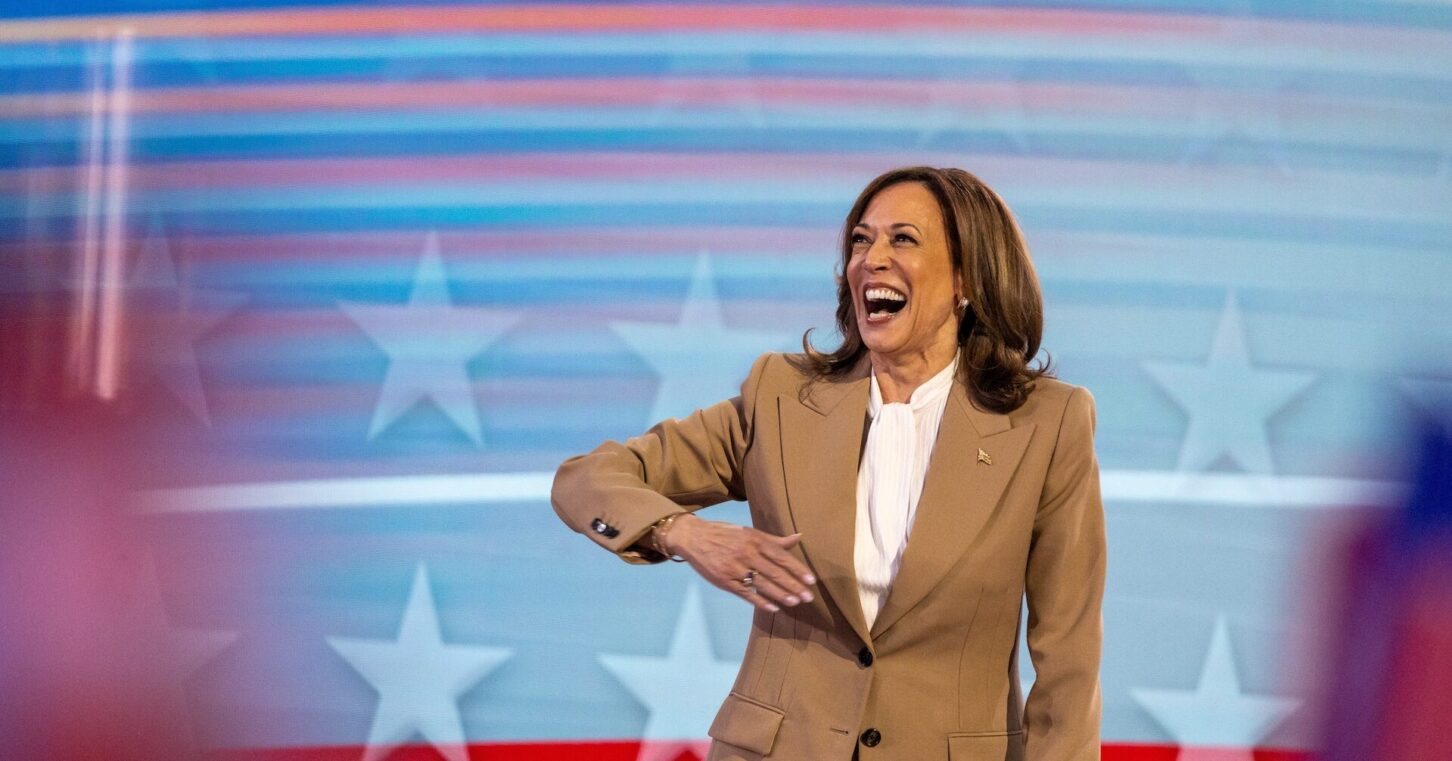
Kamala Harris has reset the presidential race. But with three weeks left before Election Day, that’s the most she can say.
Late last week, Harris held a 1.8-point margin over Donald Trump in the Real Clear Politics average of national polls. That was a fraction of Joe Biden’s 10.3-point lead over Trump on the same day four years earlier, or of Hillary Clinton’s 6-point lead eight years ago.
Trump’s share of the polling average has hovered lately around 47%. That is about where he began 2024 and surpasses his two previous campaigns: Trump never reached 46% in the polling average in 2016 or 2020. In 2024, he has spent less than eight weeks total under that mark, and not a single day since June.
So while Harris is more popular than Biden, Trump appears more popular than ever. With the two candidates polling within 1 point of each other in Georgia and other crucial swing states, the race is as close as it gets.
But this is not really a column about the election. It’s a suggestion that my liberal friends recognize this moment as a reason to support a more limited federal government.
The polling data reinforce that our nation is evenly divided along partisan lines. No one should be surprised at either candidate winning, but people on each side will be devastated if their favored candidate loses.
If something you consider devastating has even odds of happening, why risk more on that outcome? Yet, for decades Americans have heightened the stakes of presidential elections by giving Washington more power.
We should be lowering the stakes instead.
Supporting limits on our federal government comes naturally to conservatives. Not so to our left-leaning friends. The energetic use of a muscular federal government, including the vast executive bureaucracy run by the president, has long animated their policy agenda.
All of this raised the stakes of presidential elections even when Republicans reliably argued for less federal power. But now, right-leaning populists also want to make Washington more powerful, only toward their own ends. That raises the stakes further.
One of Harris’ recent campaign gambits only makes matters worse. She voiced support for eliminating the filibuster to pass abortion protections through a presumably gridlocked Senate – as if that’s the last time the filibuster would be sidelined on that issue or any other. Instead, we would get a never-ending series of 51-49 votes (or as Harris has made a habit as the tie-breaking vice president, 51-50) on issues of deep importance to a deeply divided nation.
Higher and higher go the stakes.
Right now, the approach by both sides seems to be: Run a tight race and motivate your base to turn out and vote. If you win, cram as much new policy into four years as possible. If you lose, sue the winning side to frustrate their cramming as much as possible.
Who thinks this works in the long run?
Both sides seem to believe a conclusive, enduring victory is just one Election Day away. But the present era is arguably one of the three in our history with the least amount of consensus in the electorate.
Here’s an illustration: The last time a presidential candidate received at least 53% of the national popular vote was George H.W. Bush in 1988, 36 years ago. This is tied for the longest such stretch in our history alongside the antebellum period from 1828-1864 and the post-Reconstruction years of 1872-1904. Not great company. We’re in a similar drought regarding dominance in the Electoral College.
An alternative has been at hand since the founding: doing less at the federal level, and leaving more to the states and local governments. This federalist approach reduces the risk of bad policy decisions by reducing the number of people affected, so it also reduces the risk of a bad election outcome.
It lowers the stakes.